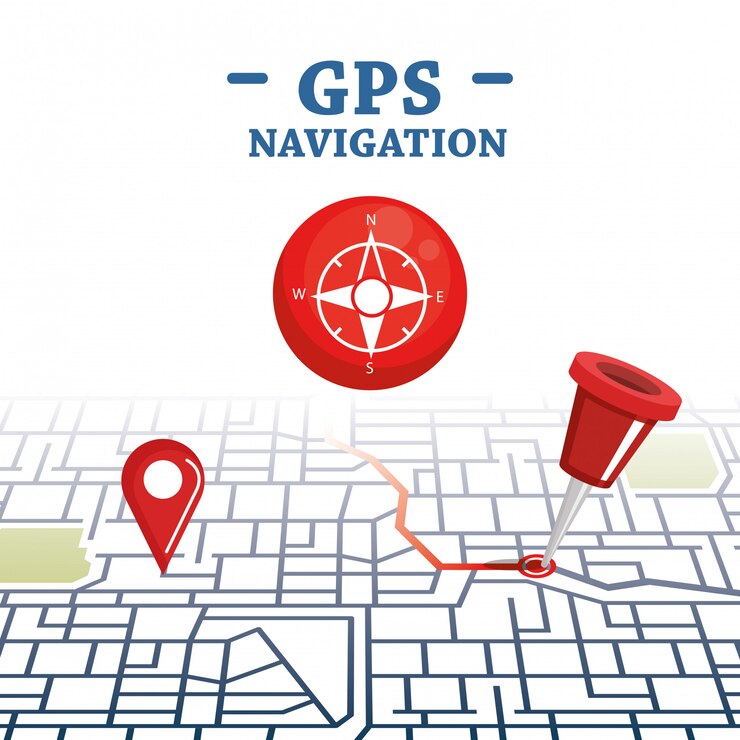In the modern world, accurate and detailed assessments are integral to making informed decisions. The term raterpoint signifies a point of reference that is used for the process of rating or evaluating something, whether it’s products, services, performance, or even ideas. Understanding Raterpoint goes beyond just numerical ratings—it encapsulates the need for a robust and multi-dimensional evaluation system that considers various perspectives, criteria, and data points to arrive at a fair and holistic judgment. It serves as a guideline to ensure that reviews and assessments reflect reality and do not over-simplify or skew conclusions. In the digital age, where reviews and ratings play an outsized role in consumer choices, Raterpoint becomes crucial in helping individuals and businesses maintain trust, integrity, and transparency in evaluations. Let’s delve deeper into why Raterpoint matters and how it contributes to a well-rounded assessment framework.
The Role of Raterpoint in Quality Control and Consistency
When it comes to quality control, one of the primary functions of Raterpoint is to ensure consistency across evaluations. Without a consistent Raterpoint, subjective biases, inconsistencies, and errors can undermine the integrity of the assessment process, leading to unfair or inaccurate results. A strong Raterpoint system eliminates these variations by providing evaluators with a clear, repeatable benchmark. Whether it’s grading papers, evaluating customer satisfaction, or assessing product quality, Raterpoint serves as the backbone of objective, high-quality assessments that stand the test of time.
Raterpoint as a Tool for Enhancing Consumer Trust
In today’s consumer-driven economy, Raterpoint plays an essential role in building trust between businesses and customers. Consumers increasingly rely on ratings and reviews to guide their purchasing decisions. However, for these reviews to be meaningful, they must be based on sound and consistent evaluation frameworks. As a result, businesses gain customer loyalty, positive brand recognition, and the ability to differentiate themselves in competitive markets.
How Raterpoint Drives Improvement and Innovation
A major advantage of utilizing raterpoint in any evaluation process is its role in driving continuous improvement and innovation. When used effectively, Raterpoint offers actionable insights that highlight areas of strength as well as opportunities for growth. For instance, companies can use evaluations to identify recurring issues with a product or service and address them accordingly. As a result, they can refine their offerings, develop new solutions, and ultimately deliver better experiences to their users.
The Challenges and Considerations of Implementing Raterpoint
While offers many benefits, there are certain challenges associated with its implementation. One of the primary considerations is ensuring the accuracy and validity of the data being used for ratings. Without a careful setup, biased reviews, fake feedback, or flawed rating scales can skew the evaluation process. Therefore, it’s crucial to establish clear guidelines, transparent methodologies, and stringent measures to maintain the integrity of evaluations. This may require ongoing education and adjustments to the framework as the evaluation process evolves. Ultimately, while can significantly enhance evaluation systems, it requires careful thought, planning, and execution to achieve its full potential.
Conclusion: Raterpoint as a Pillar of Fair and Reliable Evaluations
In conclusion, stands as a fundamental pillar in the landscape of evaluations, offering a reliable, transparent, and consistent way to assess performance, products, and services. This ensures that the evaluations produced are not only trustworthy but also impactful in driving growth, innovation, and positive change.
